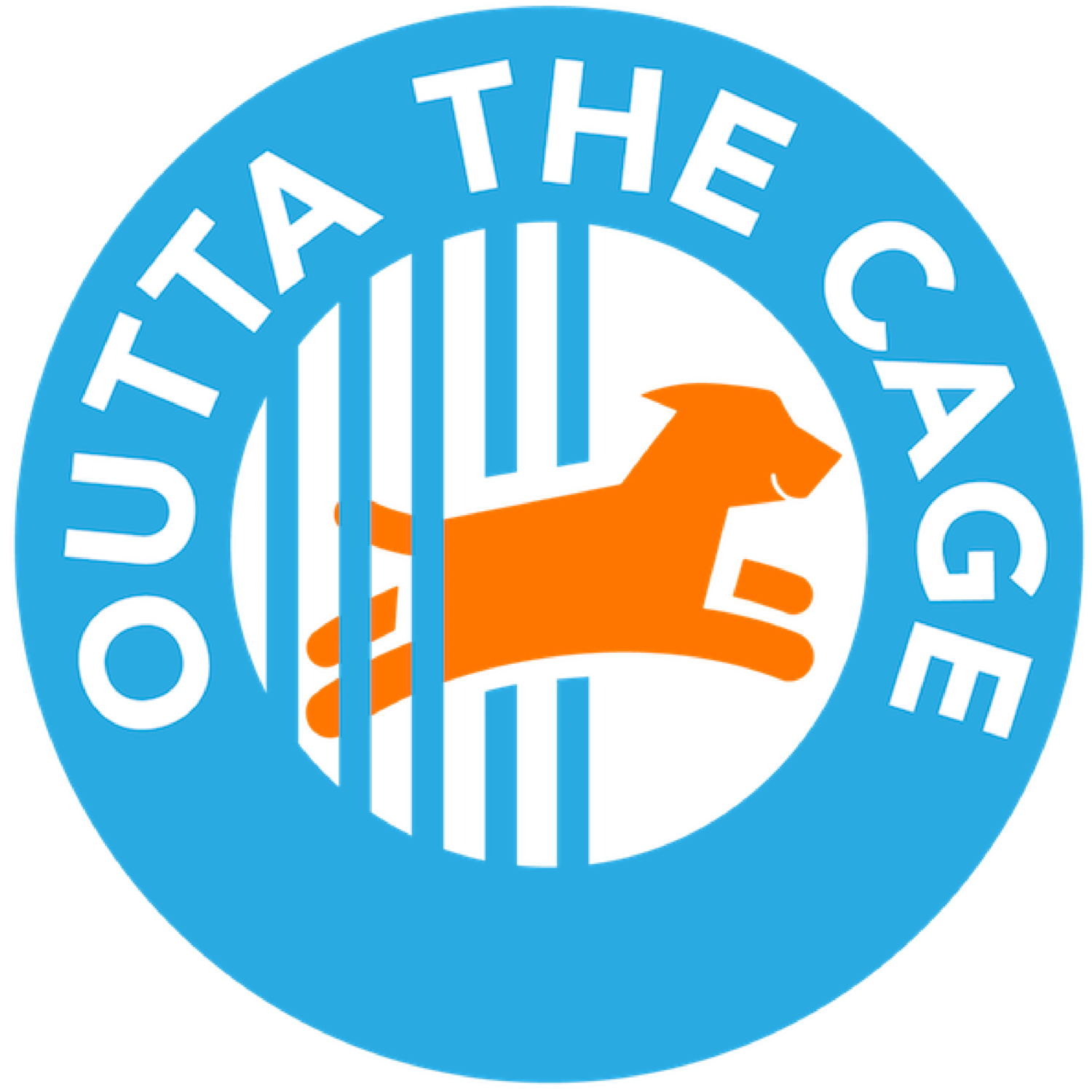It’s the curse of the “Only Dog”
In which Jill casts the net for some very special people, on behalf of some very special dogs.
Nothing dooms a shelter dog faster than the designation Only Dog. It means that the shelter has determined the dog would do best in a home where it is the only dog—which usually also means the only animal in the home.
The reasons vary. Some shelters perform behavior assessments in which they test dogs with other dogs in a controlled environment. Other shelters observe cage aggression and decide to play it safe. Some shelters simply believe what they were told by the person that turned the dog in, even if that person mistreated or abused the dog. Studies have shown that such assessments are fraught with error.
It’s all tragically subjective. I can’t tell you how many of our video dogs—who have been labeled aggressive over the years—have ended up happily in multi-dog families. It’s a question of patience, exercise, routine, and commitment. Likewise many perfectly social dogs have been doomed by the Only Dog designation, never having had the chance to enter a home, decompress, and be a loving member of a multi-pet pack.
It’s a challenge tantamount to finding the needle in a haystack. So many of us in rescue are at our limit and have all the pets we are allowed (or all the pets we can reasonably handle)! Because we are who we are, our friends and family members are animal lovers too. What we need to do is talk to people we might not know, enlisting them to foster or adopt a dog into their no-pet homes.
I’m constantly scouting (read: begging) for new Only Dog fosters or adopters. The ideal owner for a single dog meets one or more of the following criteria:
They love dogs.
They might have lost a dog and are still too emotional to jump back into getting another one.
They don’t realize that animal shelters euthanize “only pet” dogs at a disproportionate rate, and if they did know, they’d foster or adopt.
They have had a recent life change. The loss of a loved one (pet or human); a move to a house with a yard or a pets-welcome apartment; a situation where they now work from home—these and other changes might make someone ready to take on a doggie companion.
They might have been holding out for a dog that looks or behaves like a dog they once had, but haven’t been actively looking.
They might just be busy and need a little nudge.
They might suddenly have some free time and be willing to take on a new project.
They’ve resolved to “give back” in some way, but don’t understand that adopting an only pet is a great way to honor that promise.
The hard part is finding these people if we don’t already know them. That’s where the shamelessness comes in. Many of us in the dog world claim to like dogs more than people. That keeps us from chatting up strangers. But trust me: I once found a foster for a dog I was networking while on a hike. It happens!
We dog lovers have to escape the echo chamber that is rescue and tell the world about the Only Dog dogs we know. Networking these dogs on social media matters. Keep tabs on friends and family members who might be in a situation to foster. And have a photo of your favorite solo shelter dog on your smartphone ready. It could not only help spark an interesting conversation, but it could also save a life!

